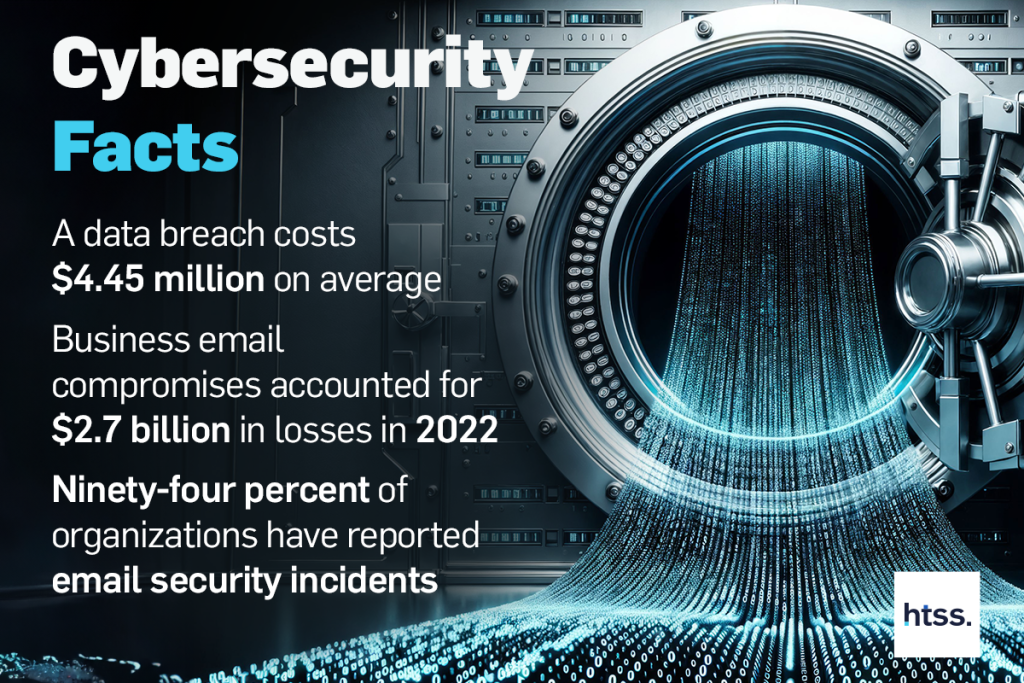2024-06-06
Cybersecurity audit: how important it is to comply with the NIS directive
In the digital age, protecting information and computing systems is essential for any type of business. A cybersecurity audit represents a crucial step in ensuring the integrity and confidentiality of data. In this article, we will explore the importance of a cybersecurity audit and how compliance with the NIS Directive can protect your business.
What is a cybersecurity audit
A cybersecurity audit is a detailed assessment process of an organization’s IT infrastructure to identify vulnerabilities and implement protective measures. This includes analyzing security policies, procedures, and technical measures to ensure that data and systems are protected against cyber threats.

Why a cybersecurity audit is important
The importance of a cybersecurity audit cannot be underestimated. By conducting regular audits, organizations can:
- Identify and remediate vulnerabilities before they can be exploited by attackers.
- Ensure compliance with current standards and regulations, such as the NIS Directive.
- Protect sensitive and confidential data from unauthorized access.
- Minimize the risk of cyber-attacks that can cause financial and reputational losses.
How often should a cybersecurity audit be conducted
The frequency of cybersecurity audits depends on several factors, including the size and complexity of the organization and the associated risk level. Generally, it is recommended that audits be conducted annually, but organizations with higher risk may benefit from more frequent audits, such as semi-annual or quarterly.
Steps of a cybersecurity audit
Conducting a cybersecurity audit involves several essential steps:
1. Planning and scope
In this phase, the audit objectives are established, and the scope is defined. It is essential to identify the systems, applications, and data to be evaluated.
2. Information gathering
Auditors collect information about the organization’s IT infrastructure, including network configurations, security policies, and existing protective measures.
3. Vulnerability assessment
This involves using scanning tools and testing techniques to identify system vulnerabilities. This step also includes penetration testing to simulate cyber-attacks.
4. Risk analysis
Identified vulnerabilities are evaluated to determine their potential impact on the organization. This helps prioritize necessary remedies.
5. Recommendations and remediation
In this stage, auditors provide recommendations for improving security and addressing identified vulnerabilities. These may include software updates, changes to security policies, or the implementation of new protective measures.
6. Reporting and monitoring
The audit results are documented in a detailed report presented to the organization’s management. Continuous monitoring measures are also established to ensure that recommendations are implemented and maintained over time.
How htss can help your business comply with the NIS directive
Compliance with the NIS Directive is crucial for protecting critical infrastructure and sensitive data. htss offers a complete ecosystem of software solutions that can help you meet the requirements of this directive.
With a team of cybersecurity experts, we can conduct a detailed cybersecurity audit and guide you in implementing the necessary measures to ensure compliance and data protection.
In conclusion, a cybersecurity audit is essential for protecting your organization from cyber threats. Contact us to learn how we can help your business stay safe and compliant with the NIS directive.




